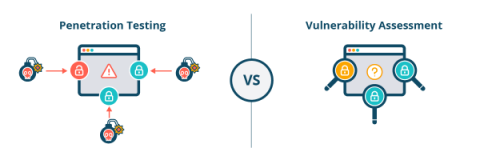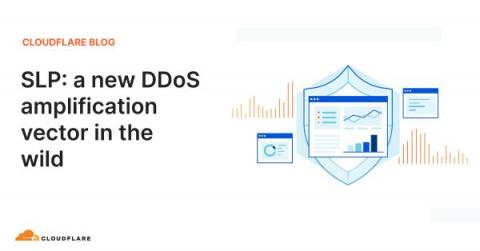Security | Threat Detection | Cyberattacks | DevSecOps | Compliance
Latest News
What's the difference: Vulnerability scanning vs Penetration testing
Vulnerability scanning and penetration testing should be an essential part of your cybersecurity strategy. This blog discusses the above methods in the context of securing your web applications, including the benefits, drawbacks, and compliance implications. Table of contents: What is a vulnerability scan? What is a penetration test? What are the drawbacks of the traditional pen test model? Should I only to pen tests, vulnerability scans, or both?
Paws in the Pickle Jar: Risk & Vulnerability in the Model-sharing Ecosystem
Lessons from OpenSSL vulnerabilities part 2: Finding and fixing supply chain vulnerabilities
This supply chain series centers on the lessons learned from OpenSSL and what you need to consider when enhancing your supply chain security. While this series will focus on OpenSSL and relevant libraries, we'll also consider vulnerabilities across the board. In the first installment, we covered everything you need to know about where to look for vulnerable libraries.
New high-severity vulnerability (CVE-2023-29552) discovered in the Service Location Protocol (SLP)
Researchers from Bitsight and Curesec have jointly discovered a high-severity vulnerability — tracked as CVE-2023-29552 — in the Service Location Protocol (SLP), a legacy Internet protocol. Attackers exploiting this vulnerability could leverage vulnerable instances to launch massive Denial-of-Service (DoS) amplification attacks with a factor as high as 2200 times, potentially making it one of the largest amplification attacks ever reported.
Reduce resolution time for container vulnerabilities with ServiceNow & Sysdig
Today, security and development teams are drowning in vulnerabilities. Most security tools identify issues, but don’t provide reliable prioritization or simplify remediation. To help solve these challenges, Sysdig runtime vulnerability management – part of Sysdig’s Cloud Native Application Protection Platform (CNAPP) – provides a runtime image scanner coupled with an eBPF probe to analyze container behavior and identify the vulnerable packages that are in use at runtime.
Preventing Cross-Site Scripting (XSS) in Java applications with Snyk Code
Java is a powerful backend programming language that can also be used to write HTML pages for web applications. However, developers must know the potential security risks associated with Cross-Site Scripting (XSS) attacks when creating these pages. With the rise of modern templating frameworks, preventing security attacks through proper input validation and encoding techniques has become easier.
SLP: a new DDoS amplification vector in the wild
Earlier today, April 25, 2023, researchers Pedro Umbelino at Bitsight and Marco Lux at Curesec published their discovery of CVE-2023-29552, a new DDoS reflection/amplification attack vector leveraging the SLP protocol. If you are a Cloudflare customer, your services are already protected from this new attack vector.
Vulnerability Highlight: WordPress Error-Based Information & Exposure
By default, the WordPress administrative login page displays a helpful error message whenever an account user types in the wrong username/email address or password. Unfortunately, these same helpful error messages can also be abused to assist a threat actor to validate account usernames/email addresses and/or passwords. An incorrect username/password guess combination generates the following error message: “The username ‘name-entered’ is not registered on this site”.
5 Common Vulnerabilities Associated With Remote Access
After COVID, enterprise IT security got turned on its head. As the world adjusted to working from home, and continues to, IT teams worked overtime to enable remote access for millions of employees. This transition has gone smoothly for most organizations, but many security gaps still remain years later. The SolarWinds data breach is a worrying example. It shows how vulnerable organizations are to malicious activity in our changing risk environment.










